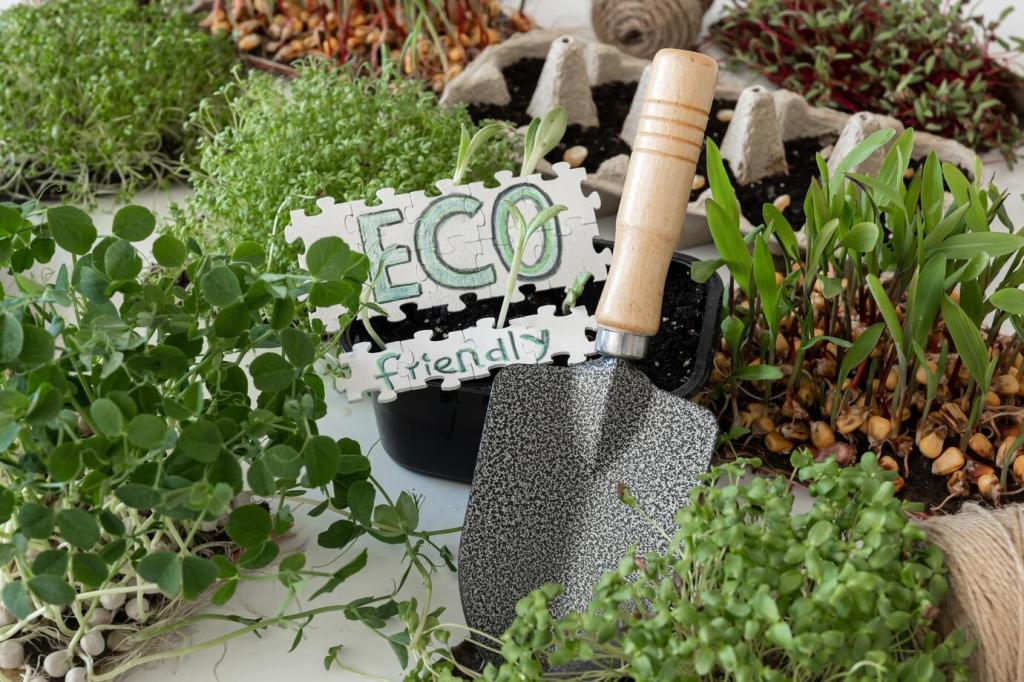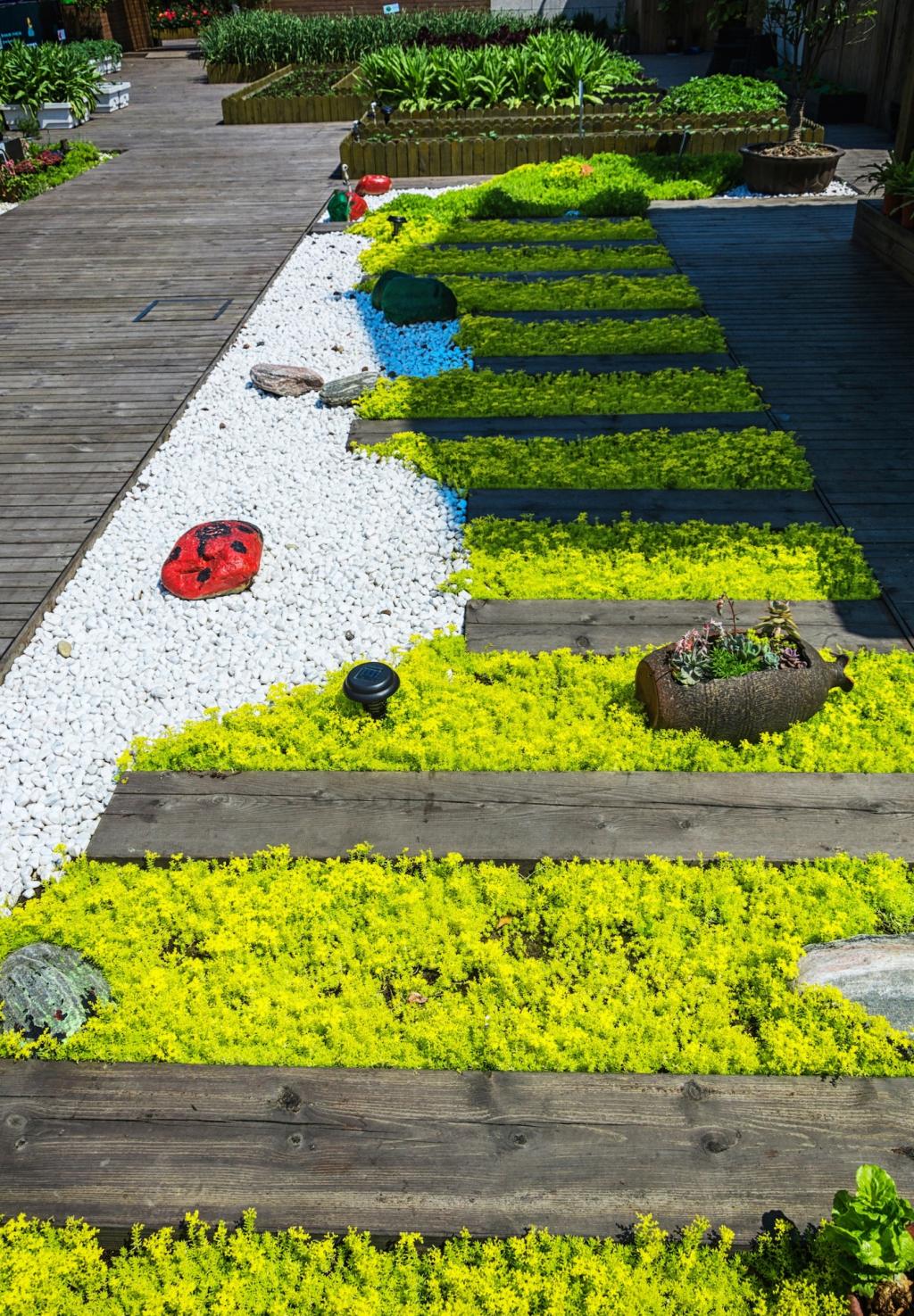
Native Plant Selection for Eco‑Friendly Gardens
Chosen theme: Native Plant Selection for Eco‑Friendly Gardens. Welcome to a place where your garden thrives by cooperating with climate, soil, and local wildlife. Explore practical ideas, real stories, and inspiring science to grow beauty that gives back. Share your region in the comments and subscribe for fresh native plant guidance tailored to the seasons.


Why Native Plants Power Eco‑Friendly Gardens
Native plants plug your garden directly into local food webs, supporting specialist bees, butterflies, and birds that cannot thrive without them. Oaks, asters, milkweeds, and goldenrods host countless insects, which in turn feed nestlings, amphibians, and beneficial predators.
Why Native Plants Power Eco‑Friendly Gardens
Well‑chosen natives match local rainfall and temperature swings, cutting irrigation needs after establishment. Their deep, fibrous roots stabilize soil, reduce runoff, and build organic matter, meaning less fertilizing, fewer weeds over time, and a garden that thrives through summer heat.

Match Plants to Climate and Microclimates
Start with your hardiness and heat zones to understand winter lows and summer intensity. Layer in typical rainfall, drought frequency, and humidity. Native plants from your ecoregion evolved for these ranges, offering durability that ornamental imports rarely match without extra care.
Match Plants to Climate and Microclimates
Observe sun angles, reflected heat from walls, wind tunnels between buildings, and frost pockets in low spots. A dry, hot strip by the driveway suits tough prairie species, while a shaded fence line invites woodland natives that prefer consistent moisture and cool roots.
Testing and trusting your native soil
Run a simple soil test for pH and nutrients, and feel the texture: sand, silt, or clay. Resist over‑amending. Most natives have symbiotic relationships with local microbes and perform best in the soil that shaped them, not a heavily altered potting‑mix substitute.
Chasing the light, choosing the species
Track sunlight hourly for a week. Six hours or more suits sun‑loving prairie and dune natives, while three to five invites woodland edge plants. Deep shade asks for forest species, often spring ephemerals that flower before trees leaf out and close the canopy.
Drainage, slopes, and rain‑ready natives
Note where water collects after storms, then match wet‑tolerant natives to those basins and slopes. Blue flag iris, sedges, and swamp milkweed relish periodic saturation, turning problem spots into rain gardens that filter runoff and welcome dragonflies, toads, and thirsty pollinators.

Design with Layers and Seasons
Tree and shrub layers harbor nesting birds and beneficial insects, while herbaceous layers feed pollinators and stabilize soil. Mix deep‑rooted grasses with flowering forbs, then stitch it together with spreading groundcovers to block weeds and create living mulch across seasons.


Design with Layers and Seasons
Aim for at least three species blooming each season. Spring: serviceberry, wild columbine, and violets. Summer: bee balm, coneflower, and blazing star. Fall: asters and goldenrods. This rolling buffet fuels pollinators from queen bumblebee emergence to migratory monarch departures.
Sourcing Responsibly and Avoiding Invasives
Find local ecotypes and ethical nurseries
Seek growers who label provenance and avoid wild‑collecting. Local ecotypes are genetically tuned to your climate and day length, improving survival and supporting wildlife better. Ask about seed sourcing, pesticide practices, and whether plants are grown without neonicotinoid treatments.
Ask about chemicals, genetics, and labels
Not all tags tell the full story. Cultivars can alter nectar or bloom timing. Confirm plants are free from systemic insecticides that harm pollinators. Request straight species when possible, and choose diversity to build genetic resilience against shifting weather extremes.
Know the invaders, prevent their spread
Learn regional invasive lists and steer clear of look‑alikes that escape gardens. Clean tools and boots after working in infested areas, and dispose of seed heads responsibly. Join local pull days, and share identification tips to help neighbors protect nearby habitats.


Planting, Establishment, and Low‑Input Care
Dig wide, not deep, and loosen circling roots. Water slowly to settle soil, then mulch lightly with leaves or wood chips, keeping collars clear. First‑year watering is crucial; deep, infrequent sessions encourage resilient roots that later ride out dry spells gracefully.
Planting, Establishment, and Low‑Input Care
Skip heavy fertilizers that disrupt beneficial fungi and encourage weak growth. Leaf litter and composted mulch feed soil organisms that partner with native roots. Over time, this living system builds structure, retains moisture, and suppresses weeds better than quick chemical fixes.
Host plants that feed entire lifecycles
Match plants to the species they support: milkweeds for monarch caterpillars, violets for fritillaries, and mighty oaks that host hundreds of moths. Birds depend on these insects to raise chicks, linking your plant choices to neighborhood nesting success.
After sunset: moths, bats, and night bloomers
Evenings unveil a hidden food web. Native evening primrose and phlox glow softly, drawing moths that sustain bats. Keep a small, pesticide‑free corridor to the night garden, and note what appears under moonlight. Share your nocturnal guests to inspire others.
Share sightings, learn together, stay inspired
Log plants and wildlife with community science platforms like iNaturalist and eBird, then compare notes with neighbors. These observations guide better native plant selection over time. Comment with your username to connect, and subscribe for monthly themes and regional spotlights.
